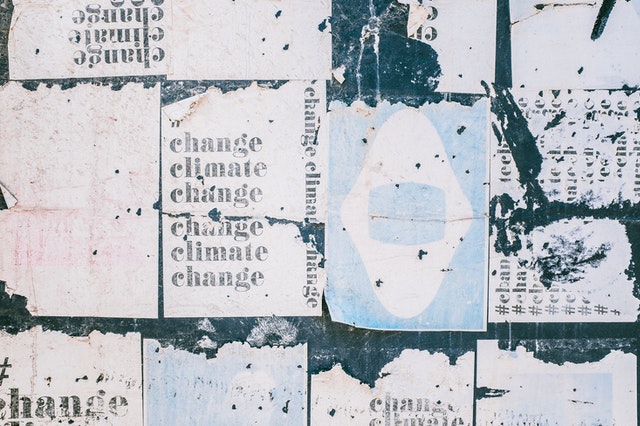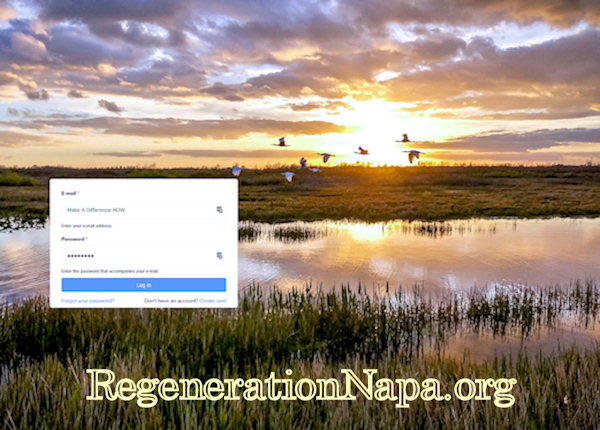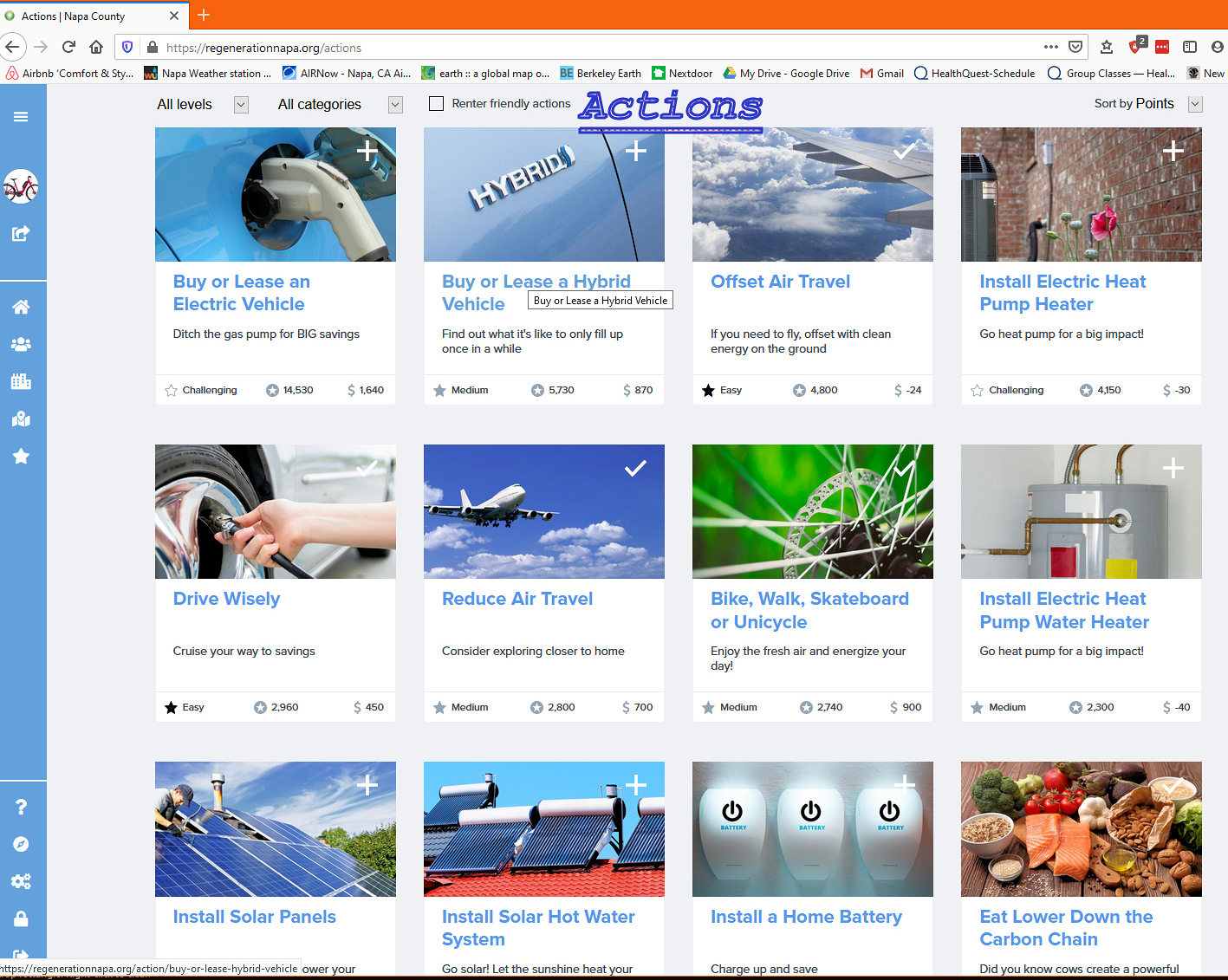 Updated, 2/2023. Discussing the climate crisis can be difficult, and can give people a sense of hopelessness and despair. The constant “we’re doomed” scenarios can create what Climate psychologist Per Espen Stoknes calls “the doom barrier*,” which leads us to disengage from the problems at hand and to develop a passivity towards any necessary action. It’s just too big and scary to deal with. Photo credit: pexels-daria-shevtsova
Updated, 2/2023. Discussing the climate crisis can be difficult, and can give people a sense of hopelessness and despair. The constant “we’re doomed” scenarios can create what Climate psychologist Per Espen Stoknes calls “the doom barrier*,” which leads us to disengage from the problems at hand and to develop a passivity towards any necessary action. It’s just too big and scary to deal with. Photo credit: pexels-daria-shevtsova
That's why I want to explain how we, as individuals and as a community, can take easy and significant steps to help solve climate change right now. Doing so will give us a sense of empowerment and hope that we can have a better future by working together as responsible members of a community.
Before we get to those steps, a quick mini-lesson. Did you know that at least forty percent (40%) of our entire carbon emissions come from 5 basic household activities we do everyday? They are: 1) our transportation; 2) the electricity we use; 3) the natural gas we burn to heat our water, food, and home; 4) the food choices we make; and, 5) the way we deal with our food waste.
Easy solutions to lowering our household emissions in these 5 categories exist. These are affordable and accessible alternatives, which can drastically reduce carbon emissions and save money for each household. And we can do it together as a community.
When you go online, there are dozens of websites that allow you to first calculate, and then reduce your emissions. The Environmental Protection Agency has one. Even BP Oil has one.
 But only the website, Napa County Climate Challenge (formerly know as NapaRegeneration.org), allows Napans to partake in the carbon reduction process for their household. It is a very useful tool that can get us going in the right direction. It is also one of the only sites that can be easily switched to the Spanish language. Also, for 8th-12th grade teachers, there are easy-to-do activities for your classroom, which can be accessed here. And even better, it’s free.
But only the website, Napa County Climate Challenge (formerly know as NapaRegeneration.org), allows Napans to partake in the carbon reduction process for their household. It is a very useful tool that can get us going in the right direction. It is also one of the only sites that can be easily switched to the Spanish language. Also, for 8th-12th grade teachers, there are easy-to-do activities for your classroom, which can be accessed here. And even better, it’s free.
Figure 1. Napa County Climate Challenge website.
To get started, go to the website and click "Join the Challenge." Sign up, calculate your Carbon Footprint, and then perform a few Actions that will reduce your emissions. As just an example, by using the site’s Household Profile section, I calculated my total emissions to be 8.3 tons of CO2 per year (which is about what the average Napan household emits).
Then, after doing about 35 Actions that the site provides (out of a total of about 75, many of which I had already done), I was able to reduce those emissions by 72%! And I didn’t need to buy an electric car or make other financially difficult changes.
 Figure 2. A list of ‘Actions,’ tasks that when accomplished reduce carbon emissions. There are over 75 Actions.
Figure 2. A list of ‘Actions,’ tasks that when accomplished reduce carbon emissions. There are over 75 Actions.
The whole process can actually be fun in a team-spirited way. For example, you can join our Napa Sierra Club “Community Group,” and then if you want, create or join your own Team within it (a Team is usually 5-8 households). You can try to “beat” the Napa Sierra Club Executive Committee Team in points (1 point for each pound of CO2 emissions saved).
After using the tools on Napa County Climate Challenge.org, and seeing the difference you can make, spread the word to others that there is something we can all start doing about the climate crisis--now. Although we still need to press local, state, and federal governments for climate action and climate justice policy changes, we don’t have to wait or be paralyzed by the scope of the problem. If everyone takes basic actions at home, we can lower U.S. emissions dramatically today.
If we start the process--by first understanding, and then taking easy actions--we start to make an impact. We become aware of how our individual actions contribute to climate change. And when we see how easy it is to take action and make a difference, we are less inclined to be afraid or unsure of what to do about it. We become empowered. Then, I think, we will be more inclined to try to convince others--our friends, neighbors, and politicians--that they too can make a difference. And if we all take a few actions, then we all can make a big difference.
Please let me know if you have any questions. Thank you. Nick Cheranich: napavalleysierraclub@gmail.com . Nick Cheranich is a retired middle school teacher. He is the Chair of the Napa Sierra Club Group. He also volunteers as an advisor with students in the Napa Schools for Climate Action.
* Psychology Behind the “Doom Factor,” by Per Espen Stoknes